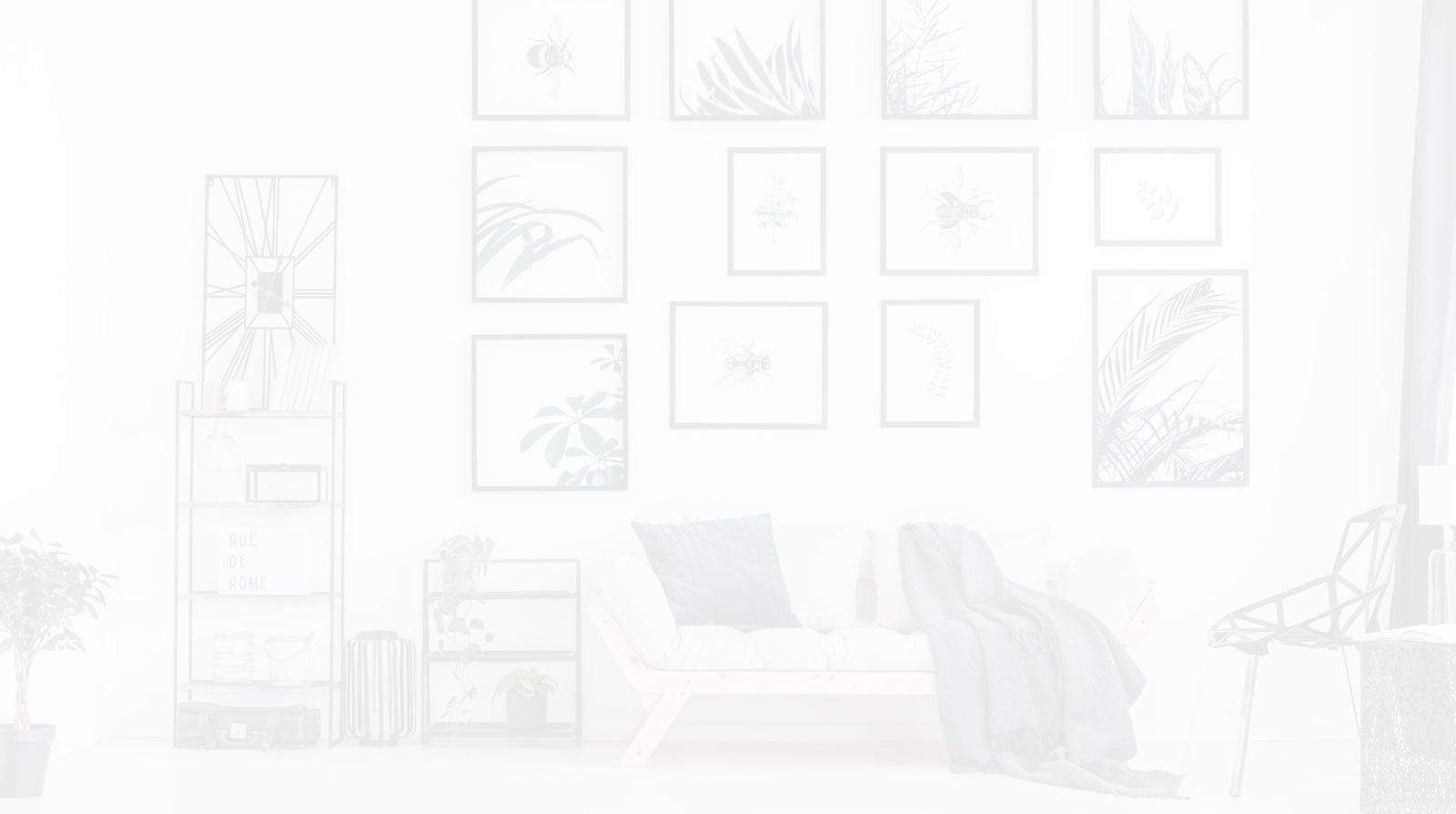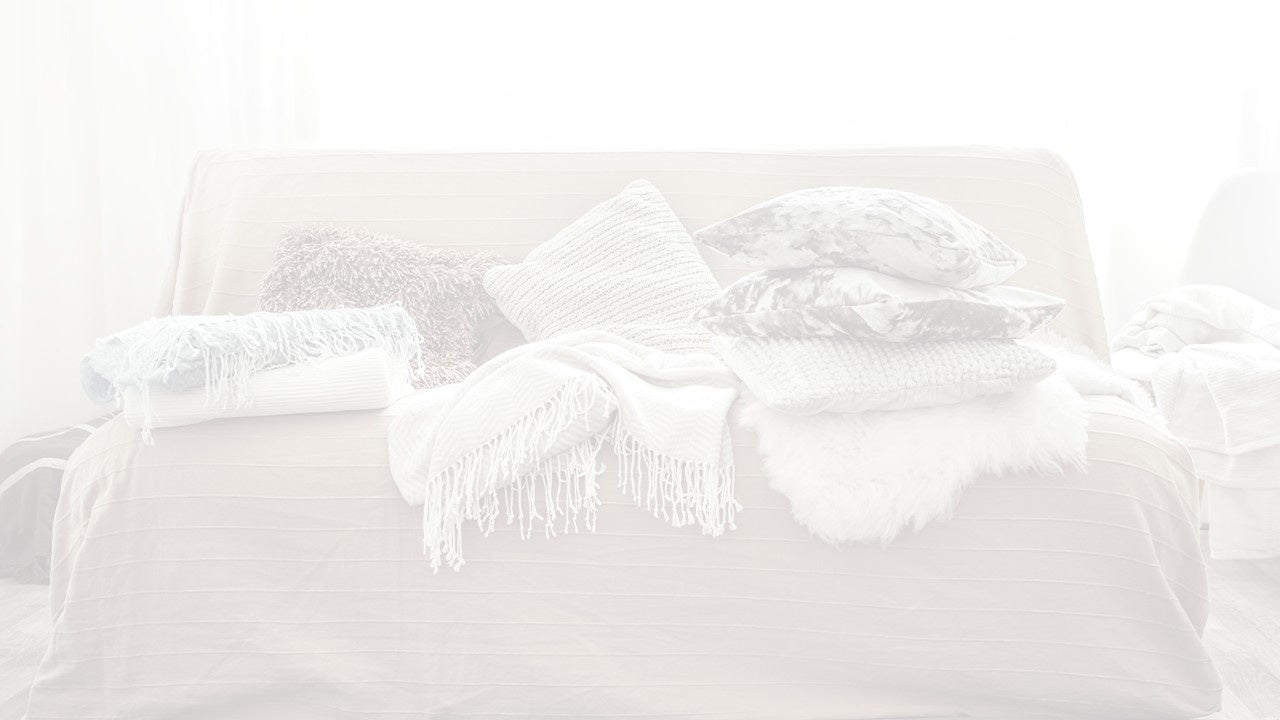In our discussions about picture hanging, we’ve touched on types of walls, the best tools to use for each, and ways to make the most of your hardware when organizing and storing items.
But there’s a type of wall that isn’t quite like any other: the slatwall.

Slatwalls are a popular fitting used in construction, particularly for commercial designs. They’re built primarily for storage and organization and are an incredibly versatile and unique choice that can accommodate various types of components and fasteners.
In this guide, we’ll introduce you to slatwalls and explore their advantages in designing a space, as well as some of the best organization and storage ideas for them.
Let’s begin!
Table of contents
All About Slatwall
To start with, what exactly is slatwall?
In construction, slatwall is a wall-mounted display system comprised of wooden panels that have horizontal grooves or slats. These slats hold various types of hardware and components, like hooks, shelves, brackets, and bins. A slatwall panel is made of medium-density fiberboard and overlaid with a melamine or PVC finish, and the slats are often fitted with aluminum or plastic inserts that are easily movable. This adaptable design makes slat wall fixtures ideal for retail spaces, where they are typically used to showcase various types of merchandise and easily swap them out as needed.

Slatwalls play a big role in efficient use of vertical real estate, which is especially convenient in maximizing smaller rooms and spaces. Because of their compatibility with many types of slatwall accessories, slatwalls hold a great advantage in customization—this comes in handy during seasonal promotions, product launches, and trend-based reconfigurations.
And that’s not all.
Also alternatively called slotwall, slat board, groove board, or bracket board, the appeal of slatwalls extends to their durability, boasting heavy-duty capacity over many years. Their modern, sleek design looks clean and professional and can be modified according to color or style, adding aesthetic value and appeal for every space.
At this point, slatwall sounds like the perfect base for creating an organized space. But what if you’re not a business owner and don’t need it in a retail context? What are the ways in which youcan put them to use? Well, read on for all the possibilities!
Where and How to Use Slatwall for Game-Changing Organization and Storage
1. Slatwall storage ideas for businesses
Retail stores - As we’ve mentioned above, slatwalls are designed primarily for commercial settings, and they’re amazingly efficient. They maximize visibility for goods as retail shelving and create opportunities for customer engagement via more interactive displays, whether you have a store with fashion, tech, beauty, sports, or music goods. They’re also great for highlighting products in supermarkets. Convenience stores tend to have limited square footage, so slatwall panels have an upper hand over bulky cabinets and shelves.
Left to right: Images courtesy of The Shopfitting Shop, Retailworks, Displays2go
Trade show pop-ups – Compact display stands fitted up with slat wall are a superb solution for when vendors need portable setups with good visibility and capacity.
Restaurants – In dining establishments, slatwalls are popular not for storage, but as a purely design detail. Otherwise, they’re a great alternative for pantry storage!
2. Slatwall storage ideas for workshops and studios



Left to right: Images courtesy of Trusscore, Life with Less Mess, paintingsbysue
Outside the business world, slatwalls offer the same storage advantages in art studios and workshops, including pottery studios, sewing or dressmaking workshops, woodworking stations, and crochet corners. Slatwall panels in these spaces can change the game in how you organize art supplies, hardware, cleaning tools, and equipment. And they look great while at it, too!
3. Slatwall storage ideas for the home
By now, we understand that we can basically use slatwall wherever we need to organize, store, or display items, be it for our business or for our work. And you can bet we’re able to do the same at home.
Garage - This is perhaps the place where slatwalls are most commonly used outside of retail spaces. Garage storage involves storing yard tools, outdoor equipment, power tools, maintenance kits, sports equipment, etc. Garages can often serve as workshops as well, so they typically house a variety of equipment and tools. A slatwall setup for garage storage makes all these items easy to spot and grab whenever you need them, especially with the help of slatwall hooks.
Home office & library - Slatwalls not only accommodate shelving, but (wooden) shelves blend right in with them, too. Your home office can enjoy small floating shelves using sleek slatwall, where you can place books, plants, and some accessories. You can even set up a full wall of books in your library using slatwall, if not the whole room!

Closet - You wouldn’t suspect how much space slatwalls can save you in your closet—from hats, belts, and scarves that you can easily browse and grab on your way out, to an overhead storage setup for suitcases and seasonal wardrobe.
Kitchen - Slatwall shelving works perfectly for a kitchen pantry storage or a coffee bar. If you want to take it to the next level, a wall of kitchen utensils and appliances (think Julia Child style) on slatwall may just be the ultimate way to make meal prep a breeze.
Entryway - We don’t always talk about storage ideas for the entryway or foyer, but when you think about it, that’s where we keep shoe cabinets, coat racks, and maybe a dresser or console table where we put our keys and other daily items. Dedicating some wall space and fitting it up with slatwall can simplify your foyer organization and maintain a neat and classy entrance to your home.

Bonus: RV - Because of how effective slatwalls are for organizing in small spaces, they also make a fantastic storage solution for trailers and RVs. If you live in an RV, you know all about cutting out non-necessities to make the most of space. You can count on maximizing your vertical space with slatwall fixtures and make appliances, kitchen utensils, tools, and other items easier to access.

Hardware to Use on Slatwall
So slatwall is mind-blowingly versatile, but how do you even hang things on the panels?
As we mentioned at the start of this article, a variety of options are available, like custom shelves on brackets, storage bins, and baskets. However, one of the most straightforward methods is to use slatwall hooks.

How to install slatwall hooks
Here’s how to install hooks on your slatwall setup:
Align the slatwall hook with the groove in your chosen spot and slide it in.
Tilt the hook upwards and tuck the base into the groove.
Push the hook down to lock it in place.
Gently pull on it to check if it’s secure and ready to hold weight.
Hang art supplies, gardening equipment, cleaning tools, or products—whatever you need.
Yep, that’s it! These hooks don’t require any drilling, nailing, or any other additional tools. They come in a smooth black nylon finish, and you can take your pick from our 4-inch, 6-inch, and 8-inch variants.
Final thoughts
Storage and organization are an inevitable part of interior design, and in turn, our lifestyles. But sometimes, it can get all too confusing and, well, messy. With slatwall, you don’t have to worry about wall types or even the many hanging hardware options we usually have to weigh. Most importantly, slatwall hardware like slatwall hooks makes any big transformation in your home or business painless and efficient.
What do you think of slatwall as an option for wall storage? Share your thoughts and other storage ideas in the comments and happy hanging!








Leave a comment (all fields required)